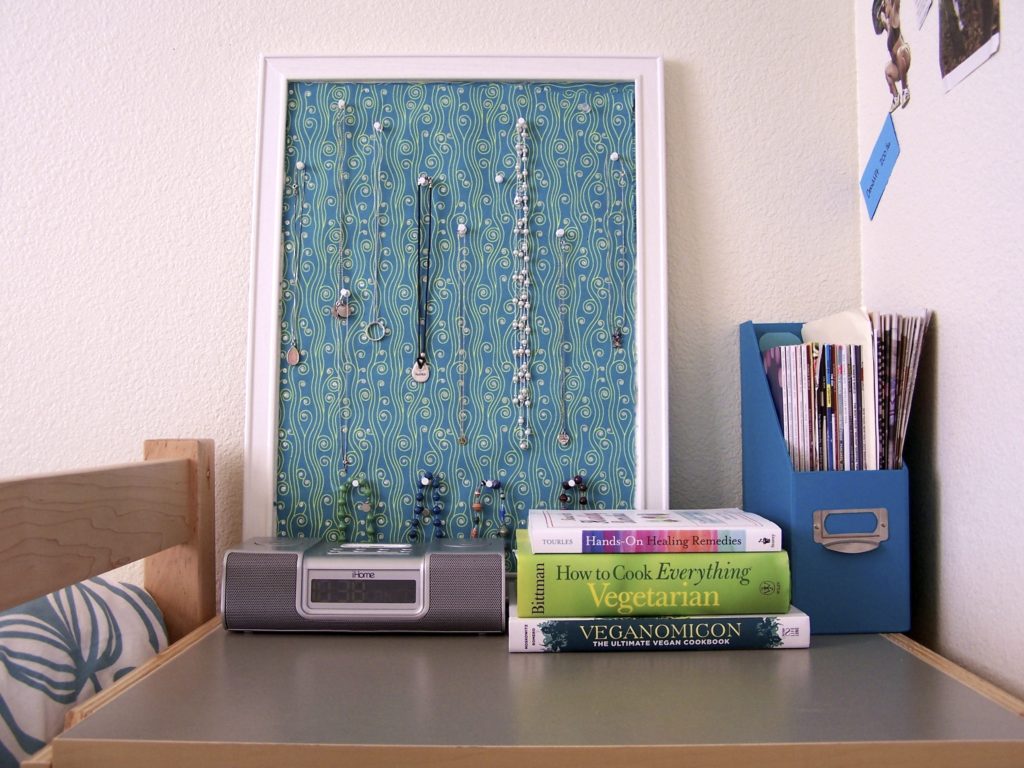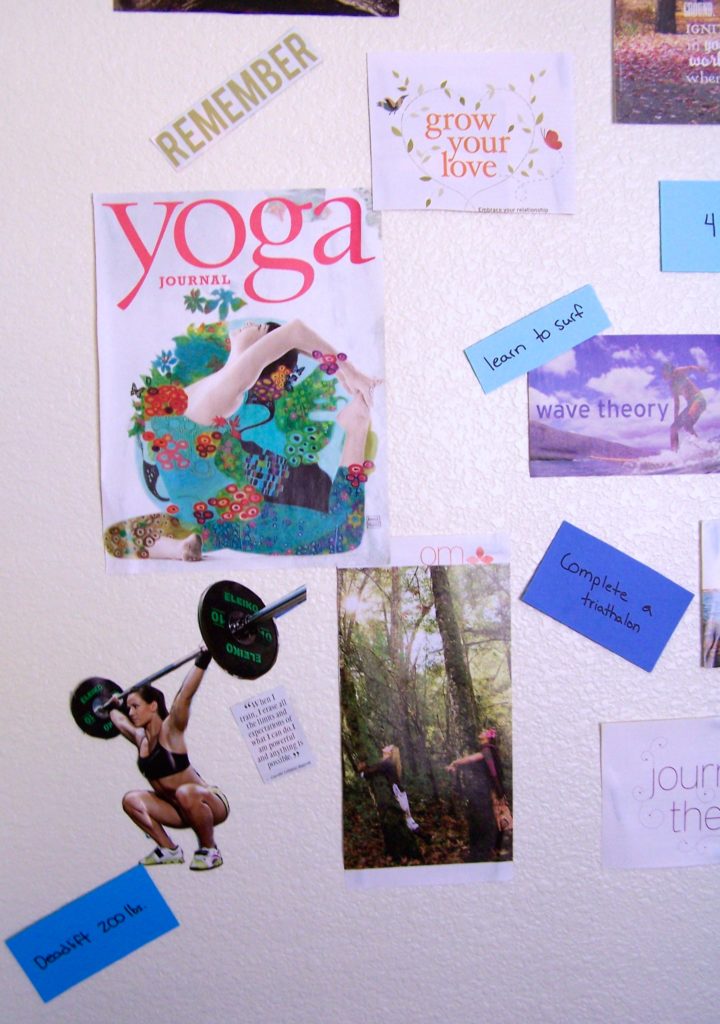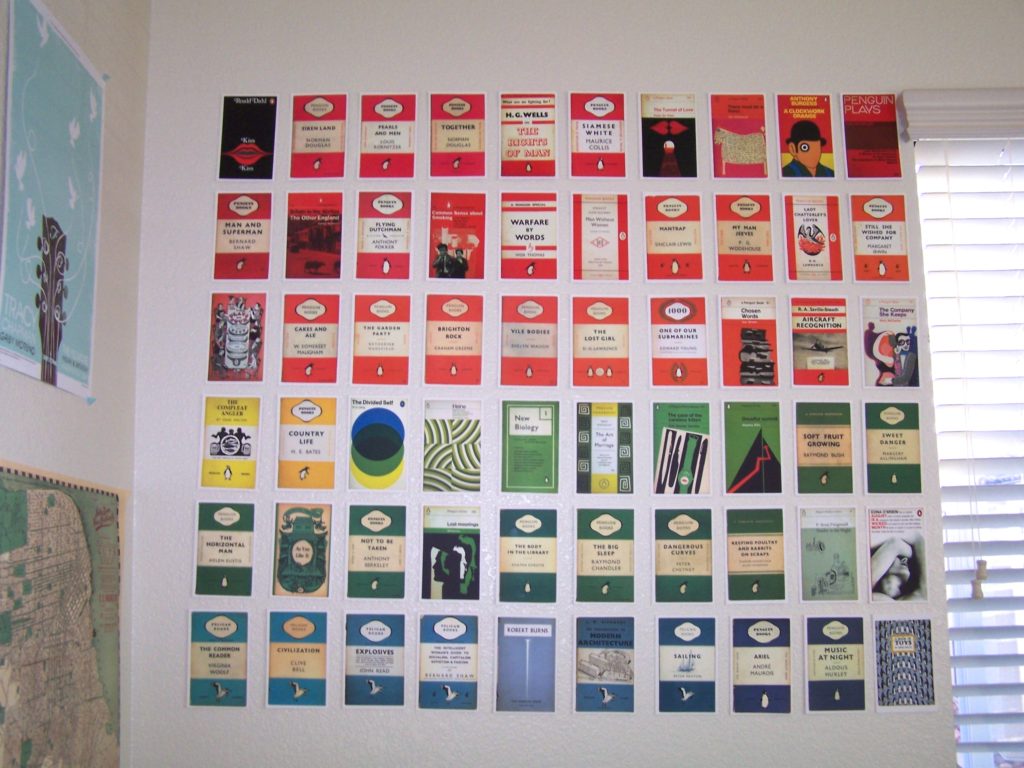Sustainable Dorm Decorations: Walls
Many dorm rooms on campus have an uncanny resemblance to a jail cell or hospital room. The blinding white walls and industrial floor tile or carpeting are not exactly comforting. Sustainable dorm decorations and personal items can go a long way toward making your room feel less like a prison and more like home.
Because many dorms have strict rules about decorating, it can take a bit more creativity. There are many quick and easy ways to sustainably decorate your room on a student budget, and without breaking any rules.

Sustainable Dorm Decorations
One of the fastest and easiest ways to make your room more colorful and homey is to cover the white walls.
1. Use colored paper or wrapping paper to create or cover bulletin boards to show off all of your pictures of friends and family.
2. You can also make your own art or simple prints to hang.

3. Magazine cutouts are another great way to add some personality and repurpose; make a collage or hang up pages that inspire you.
4. You can make curtains out of fabric if you know how to sew. But if needlework isn’t your strong point, you can buy used curtains to bring some life to your windows. Fabric shower curtains are usually cheap and they come in bright colors and patterns. Be sure to choose cotton or another natural fabric that will break down easily at the end of its life and avoid polyester because it is difficult to recycle and will outlive us all.
5. To increase your storage space and organization, reuse the boxes and bins you moved in with. You can use your less attractive boxes as storage for under you bed, while milk crates make great storage boxes and stacked shelving.
6. Cardboard boxes can be covered with wrapping paper, fabric, or colored paper to make them an interesting piece you don’t have to hide.

7. You can also use smaller items like a cereal box to make a magazine or paper holder.
8. Smaller boxes can be cut and reshaped into drawer dividers to keep your desk neat or covered in paper or fabric to be left out on your desk.
Remember to use materials that can be easily repurposed or recycled when you are done. Use recyclable materials like paper as much as possible and avoid plastic, which breaks easily and cannot be recycled.
Also consider using items that you can take with you when you graduate. Many posters and small furniture items can also be sold or gifted at the end of the year to help someone else make their room feel like home.

















